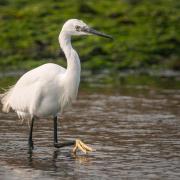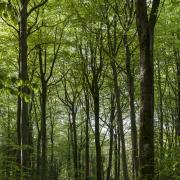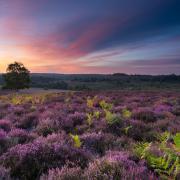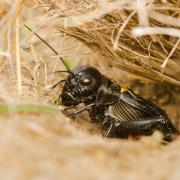It might sound strange, but the places where our armed forces used to operate are some of our least damaged landscapes. Rich in history and in wildlife, these ex-military reserves are great days out
As well as offering the opportunity to see amazing wildlife, many of our reserves have an intriguing past. From Civil War battlefields to WWII airbases, places which have been protected for other reasons can offer a much needed sanctuary for nature.
Blashford Lakes
Now a haven for wetland birds, the outbreak of World War Two saw this site in the Avon Valley become the RAF Ibsley airfield, used as a base for Spitfires. It was an active airfield, used by 22 RAF Squadrons, for six years, and was used for mineral extraction after being decommissioned in 1946. The derelict RAF Ibsley control tower still stands to the east of the much-loved nature reserve.
Farlington Marshes
Farlington Marshes played a key role during World War Two, as a ‘Q’ decoy site designed to draw enemy bombers from Portsmouth’s docks. Structures mimicking the city’s lights, and decoy fires creating the illusion of the city burning, were built nearby to draw Luftwaffe bombers in. It became the most successful Operation Starfish site in the country; on one night alone in April 1941, over 140 bombers unloaded over 200 munitions on Farlington Marshes and in Langstone Harbour instead of the city of Portsmouth, saving thousands of lives. Control bunkers for this elaborate operation of deception can still be seen around the nature reserve today.
Wherever you live there is a Wildlife Trust that covers your area. You can support their work by joining your local Wildlife Trust today. Visit www.wildlifetrusts.org to choose the Trust you would like to join.



























